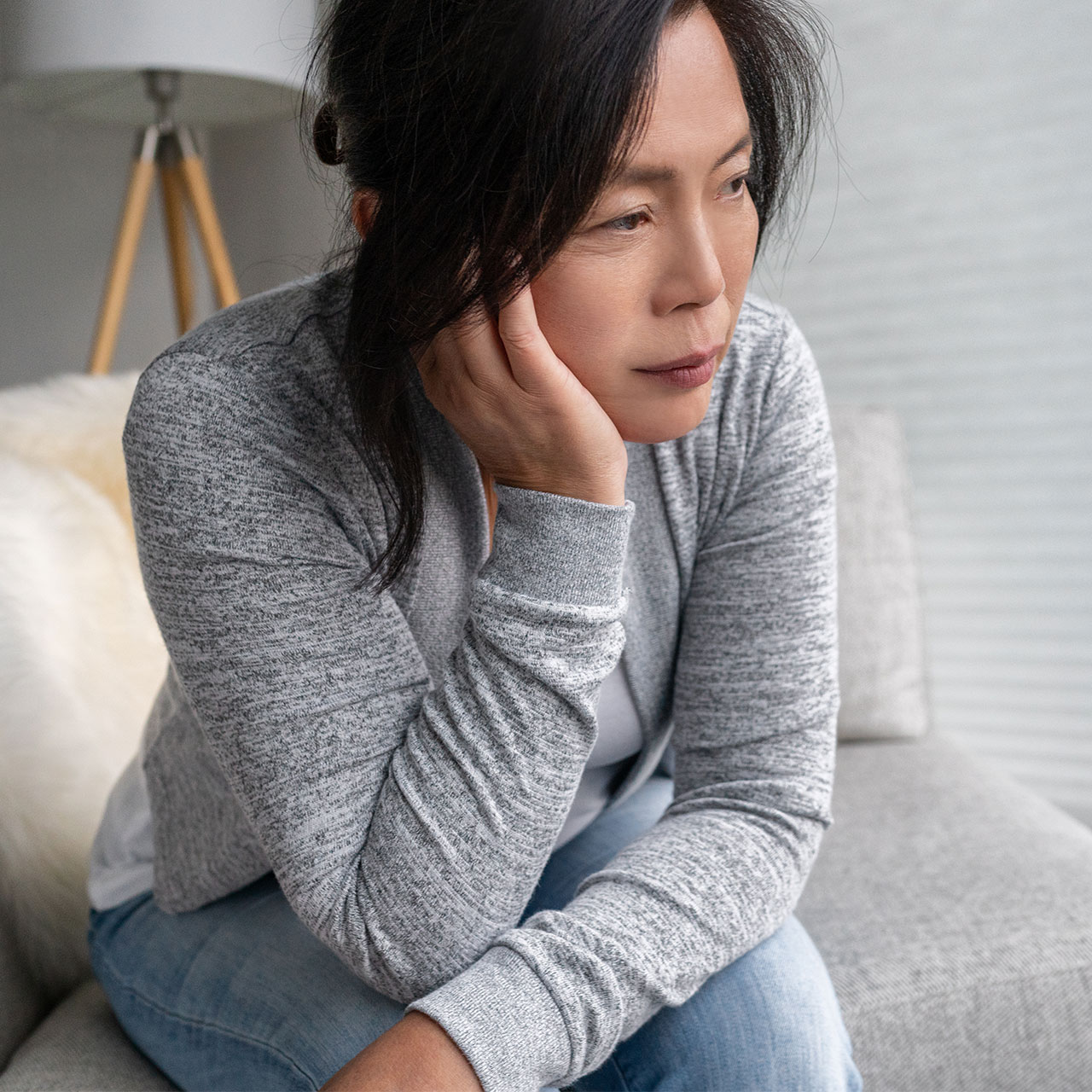So much attention is spent on how to properly apply foundation to mature skin so that fine lines and wrinkles aren’t accentuated. But among all of these great tips, what’s often left out? What KIND of foundation works best on mature skin!
If you aren’t starting with the best possible foundation for your skin type and skin tone, you are already unknowingly messing up your makeup routine. The wrong formula can pill, smear, and run. And the wrong shade can make you look too pallid or too orange. But a foundation that’s just right will sink onto skin (over a primer, please, and never bare skin) and will look like your skin—just more glowy.
Not sure where to start?
Lisa Monique has great tips on some of her favorite new foundation for mature skin. They all have one thing in common though: they’re all ideal for mature skin (and they’re all similar formulations).

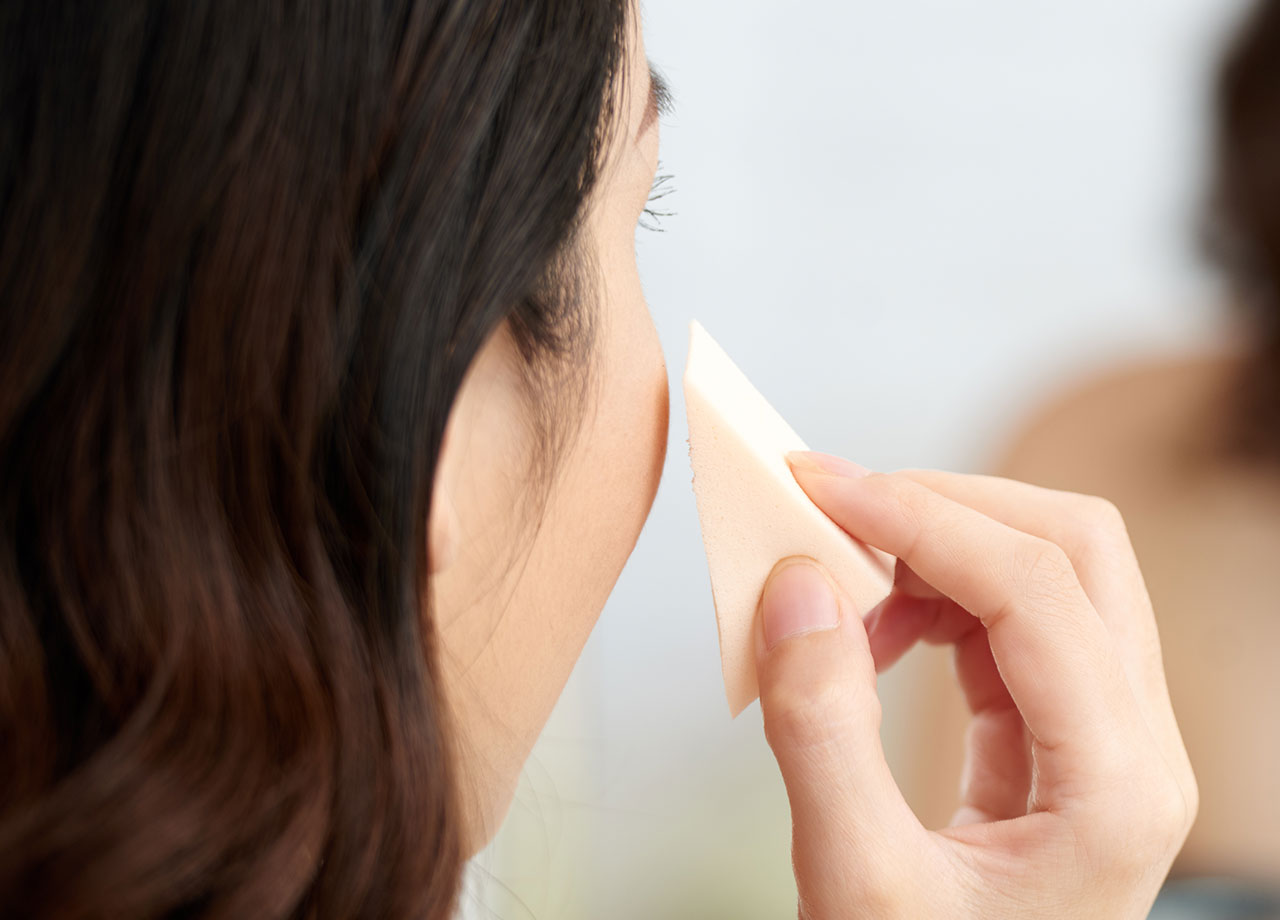
Cream Foundation Are Perfect for Dry, Mature Skin
Mature skin tends to become drier, and when this happens, a number of different makeup formulations can appear cakes on the skin and emphasize lines and wrinkles. This is why Monique suggests using a cream foundation on mature skin — this foundation formulation adds hydration to the skin. When applied properly (and that means: using a primer, applying it and blending well with good brushes, and setting your makeup with a light powder and/or setting spray), a cream foundation can also resist setting in wrinkles.
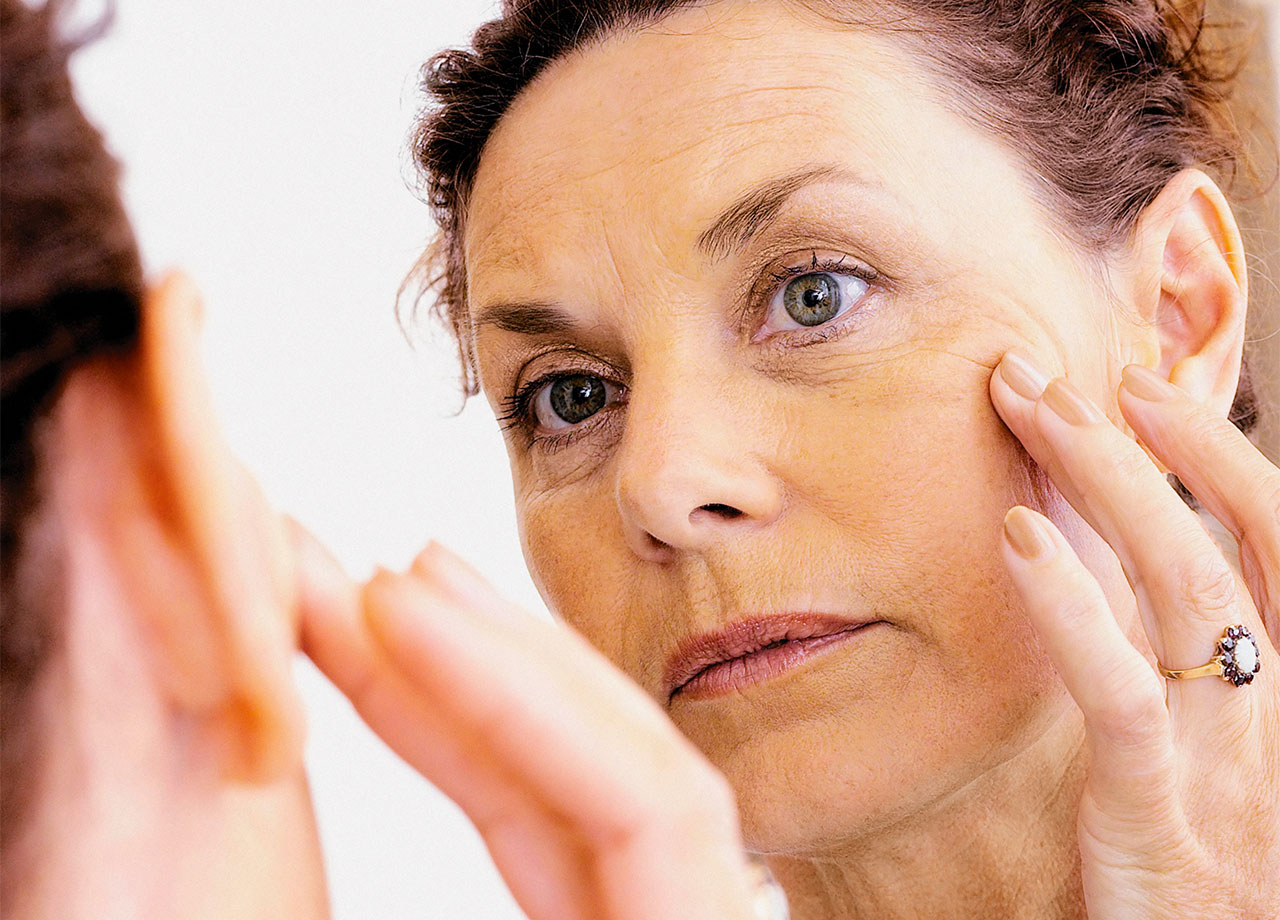
There are cream foundation formulas that are good for dry skin, but surprisingly, Monique points out that there are also cream foundations that work better on oily skin. Some of the cream foundations that Monique recommends include:
Maybelline Dream Matte Mouse Foundation
COVERGIRL + Olay Simply Ageless Wrinkle Defying Foundation Compact
Lancome Teint Idole Ultra Wear 5-In-1 Foundation Stick
Tom Ford Traceless Foundation Stick
These products range considerably in price, but it just proves that a great foundation can be found at every price point.
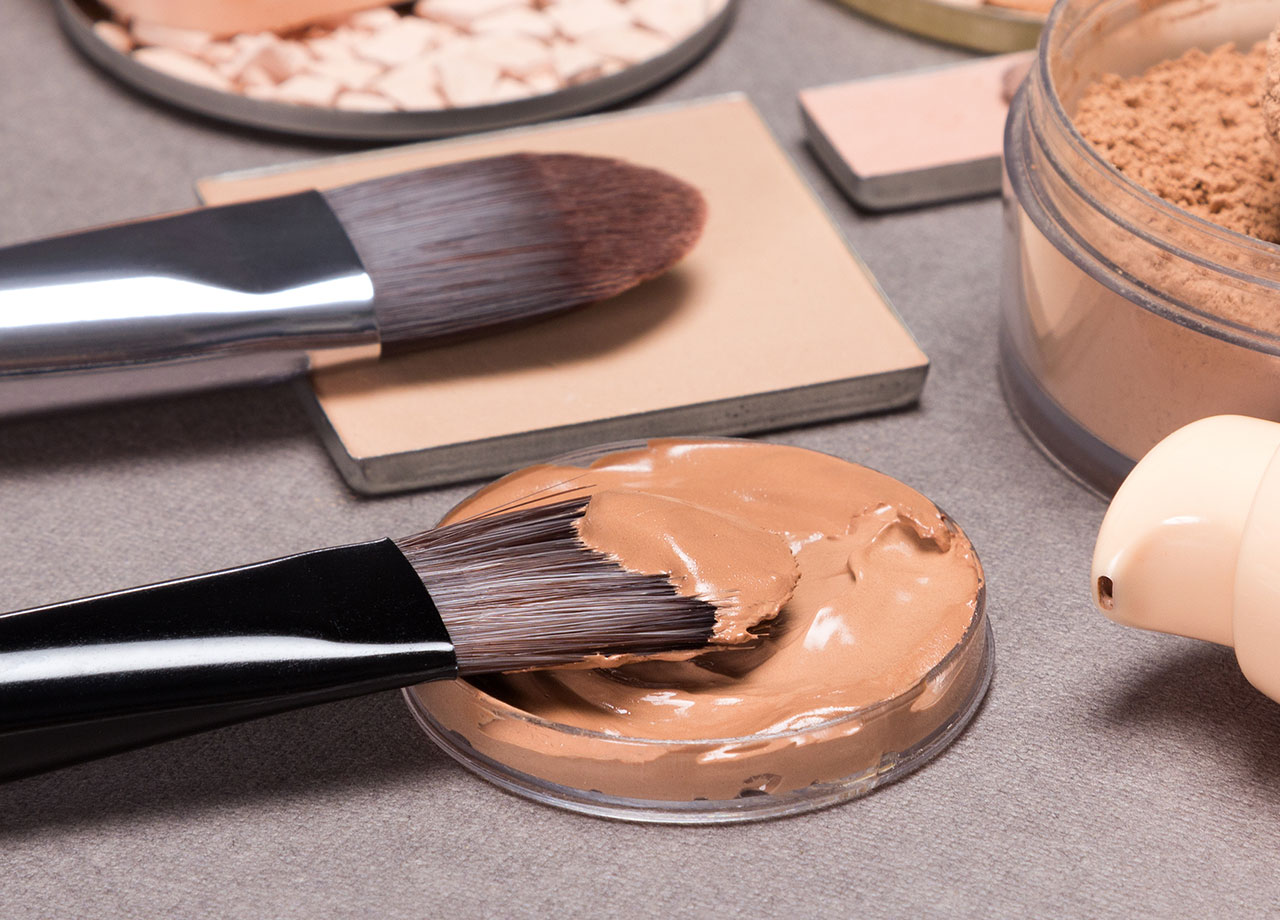
Application is Key
Applying cream foundation requires a little more “finesse,” Monique explains. She recommends starting off very light and building up because it’s easy to apply too much — and difficult to remove it (too much foundation can settle in your pores and lines, as well).
You can apply cream foundation using a round foundation brush. Although Monique says she doesn’t use a sponge to apply cream foundation, you can if you prefer. She uses the sponge to blot off excess foundation instead. And, yes, you can use your fingers, too.
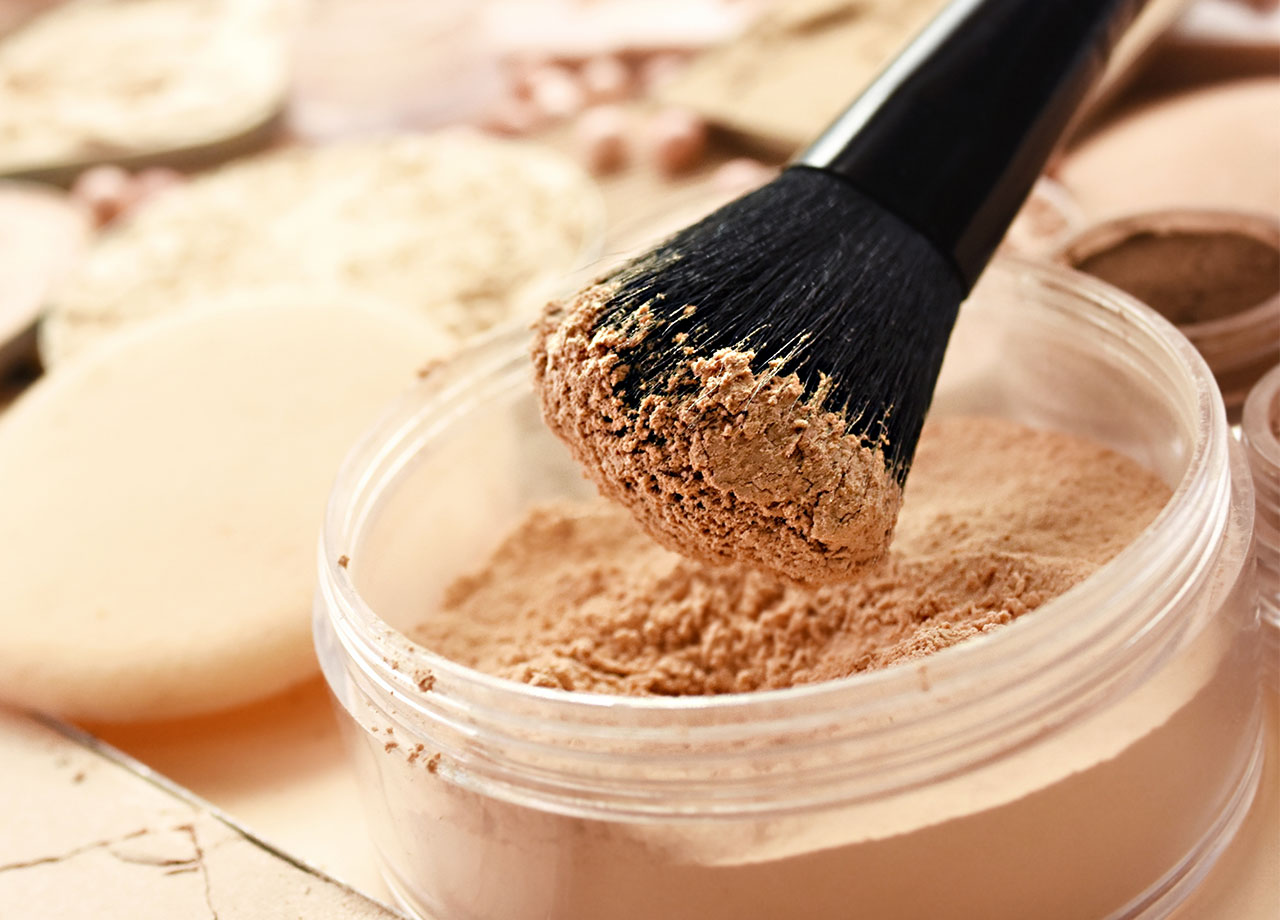
Set Your Makeup
Cream foundation can feel dewy — even if looks matte. Monique recommends setting your foundation with a light translucent powder. The key application tip to remember here is that less is more with powder — you may require little more than lightly pressing powder into the areas where you applied foundation using a smaller round bush. Powders can be heavy and drying, so it’s important to go slow and light on your brush.
Monique also recommends using a setting spray to seal your cream foundation. This setting spray from Charlotte Tilbury is free of alcohol and oils and helps blur pores and add moisture, thanks to its addition of Japanese green tea.
And don’t forget: foundation selection can be trial and error. If you find a cream foundation is too thick and heavy for your skin type or even the climate in which you live, a lighter weight liquid foundation may be more up your alley.


















